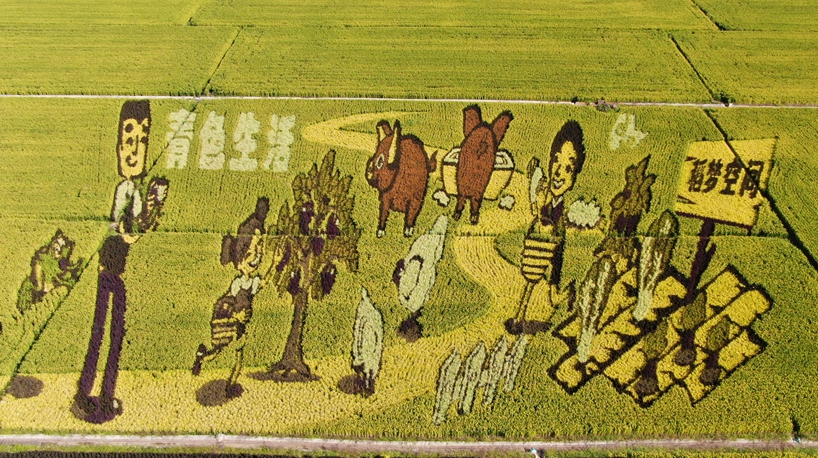NEW YORK, Sept. 11 (Xinhua) -- As was the case with COVID-19, Black and Hispanic Americans are bearing a disproportionate burden of monkeypox cases, which have surpassed 20,000 in the U.S. -- the most reported infections of any country.
There are signs that the rise in the number of infections in the country is slowing but racial divides are worsening in monkeypox cases and vaccine access.
According to the U.S. Centers for Disease Control and Prevention (CDC), over 38 percent of monkeypox cases are among Black people, which represents only 13.6 percent of the U.S. population. Meanwhile, Hispanic or Latino people accounted for 28.3 percent of total monkeypox cases as of Sept. 3, in comparison with its share of nearly 19 percent in the U.S. population.
By contrast, the share of White people in total cases slumped from 75 percent as of May 20 to 27.5 percent as of Sept. 3. As much as 75.8 percent of the U.S. population is White people, according to the estimate of the United States Census Bureau in mid-2021.
Similar trends in racial disparities can be seen among U.S. states and cities with the most monkeypox cases.
The lack of trust and communication between the health department and the Black community resulted in the racial disparities, which were exacerbated by stigma and the long history of medical neglect and abuse of Black patients, according to a report on Gothamist.com, quoting Dr. Robert Fullilove, a professor of clinical socio-medical sciences at Columbia University's Mailman School of Public Health.
The Kaiser Family Foundation, a U.S.-based health research organization, noted in an earlier report that "underlying structural inequities place people of color at increased risk for public health threats, as was seen in COVID-19 and as is beginning to be observed amid the monkeypox outbreak."
Produced by Xinhua Global Service












